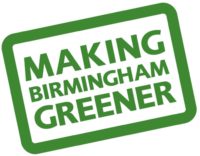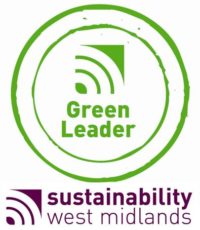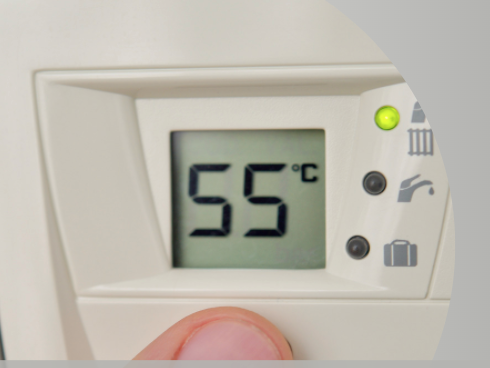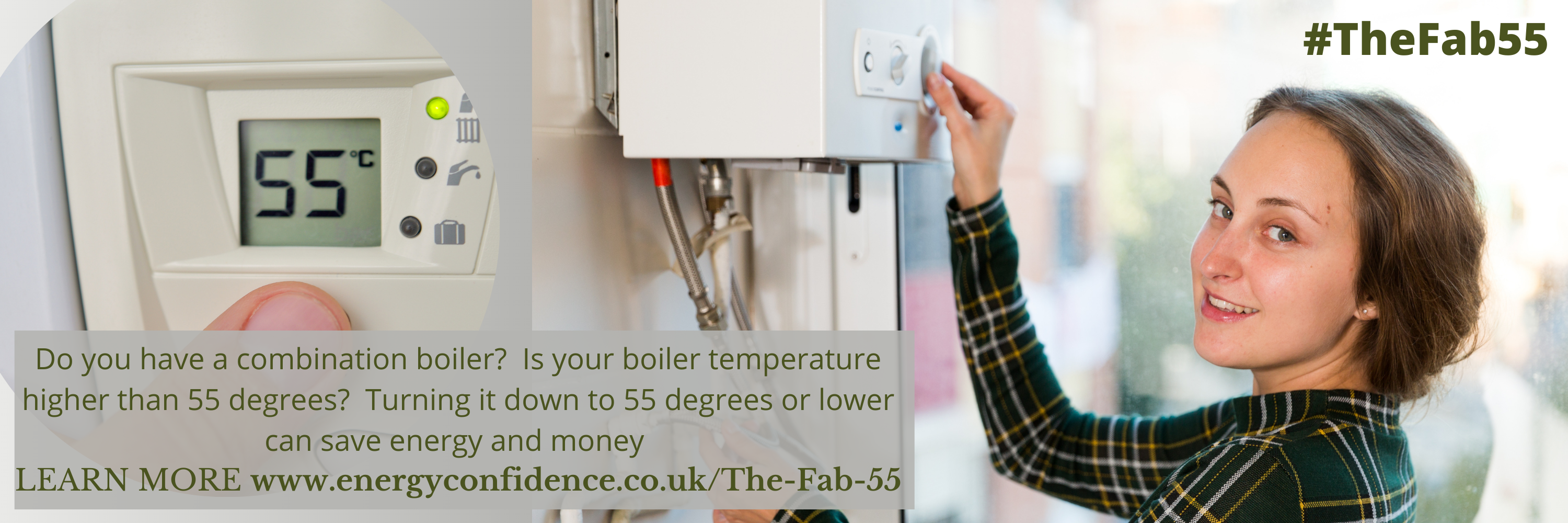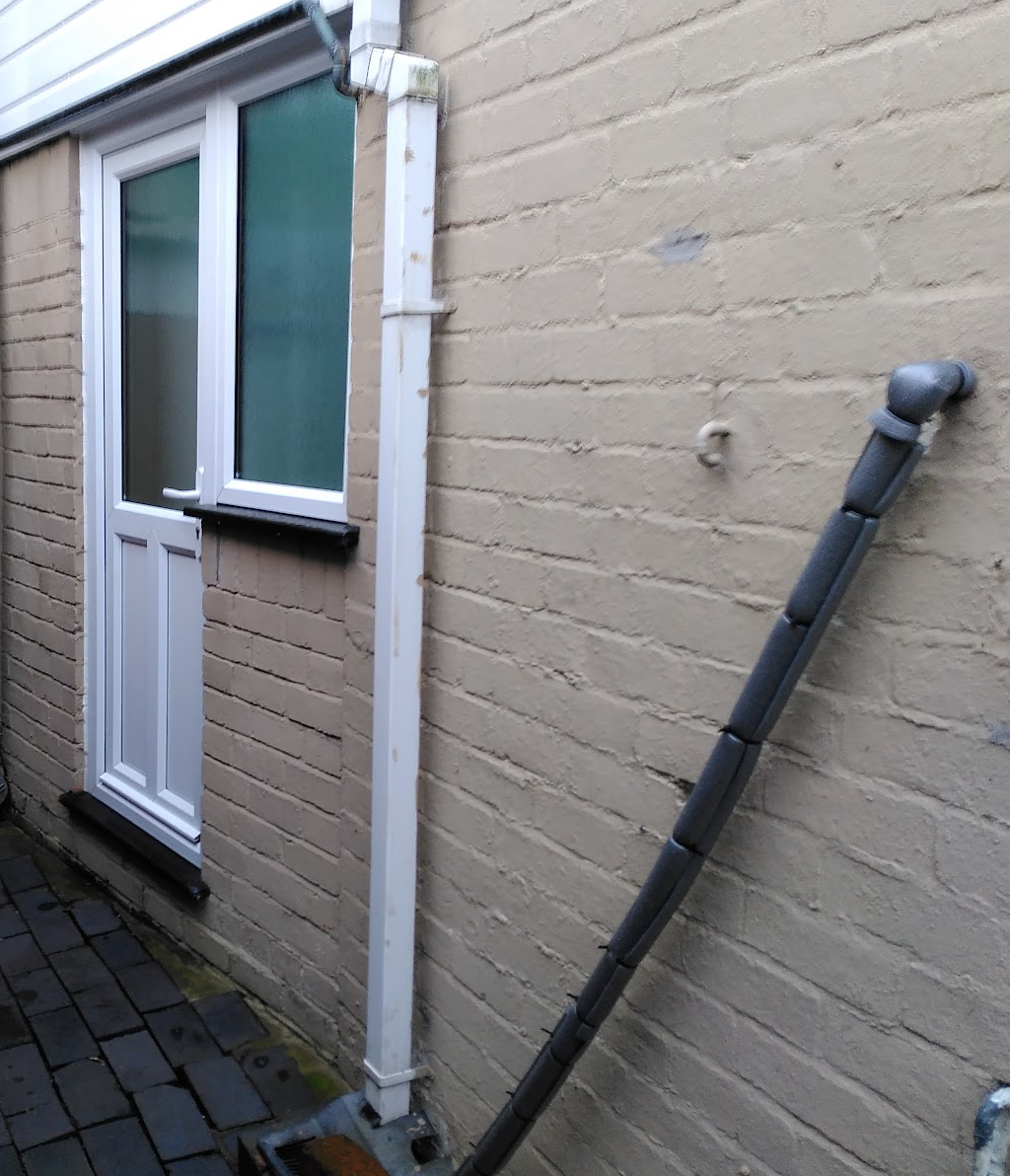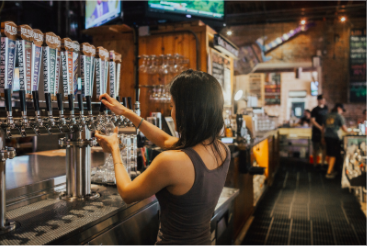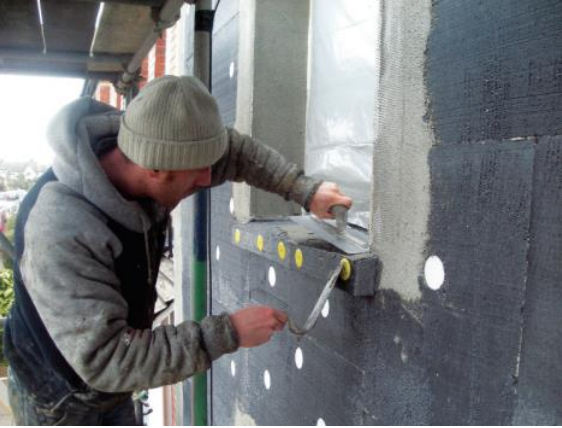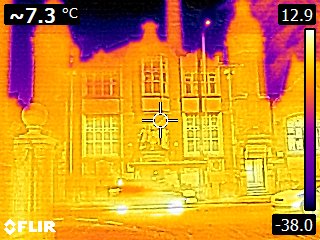
I used to wonder what the Romans ever did for us when they ruled Britain. Was it introducing the fig tree to Britain, at Reculver in Kent? Was it Latin place names? Or the first ever recorded Black residents of Britain, ushering in our fabulous multi-cultural society?
Then in 2018 along with my fiancee Claire, I fulfilled a long-standing ambition to visit Hadrian’s wall and I realised the answer … the Romans gave us under-floor heating.
Like many Roman buildings in Britain, here at Housesteads Roman Fort, you can see that they went as far as building a suspended floor so they could have under-floor heating. So they knew a thing or two about building physics, even if they hadn’t invented insulation yet. They may even have copied under-floor heating from Egypt or Mesopotamia.

Have you ever been in a building where your head feels warm but your feet feel cold? A house, or an office, or maybe a place of worship?
This is because most of our buildings have been designed for engineering convenience, and not for the comfort of the occupants, or the environmental impact of energy and water use in the building.
Not every building is suitable for under-floor heating. It is not always practical to completely re-engineer an existing building like an Edwardian house or a 1960s office block or a former pub converted to a mosque. But we can, and should, break with the bad habits of the past that have made our homes and workplaces energy inefficient.
That’s what I do when I visit your home or business. At the moment it’s full of problems. Missing insulation. Fossil fuel heating systems. I help you to find solutions to all these problems. A whole-building approach, that doesn’t start with a fixation on a particular technology, whether it’s under-floor heating, solar energy, or heat pumps; but which helps you understand where to begin and what you might do in the future.

About me

I am the West Midlands’ leading expert in:
- energy saving
- renewable energy
- procurement of energy saving products
- water saving.
My customers include householders, landlords, public bodies, small businesses, charities and coops.
I am independent and impartial.
Phil Beardmore, FRSA AIEMA.
TESTIMONIALS
Nathalie Rush
Phil is truly an expert in his field. I can understand why most people around the West Midlands choose to go to Phil for energy-saving consultancy. Phil has a thorough understanding of energy conservation and sustainable living. Would highly recommend. Nathalie Rush, MD, Six Star Insulation.
Claire Spencer
His knowledge of community-led sustainability is second to none, and his perspective on local and national issues is invaluable to us. He adds value, and is everything a good consultant should be, and I would recommend him to anyone in our field Claire Spencer, Sustainable Moseley.
Rosemary Coyne
It has been hugely inspiring to work with Phil. While others talk, Phil gets on and does it. Rosemary Coyne, Coordinator, Sustainable Housing Action Partnership
Ray Walker
In working with Phil I have been impressed by his level of knowledge and enthusiasm. He has a vast array of contacts and has brought us into contact with other stakeholder in the energy business that would have been much more difficult to achieve without him. I am also struck by his commitment to supporting communities and the most vulnerable client groups.
Ray Walker, Disability Resource Centre
Cllr Karen McCarthy
Phil Beardmore has a long association with Localise West Midlands and is a valued associate on environmental, housing and fuel poverty projects.
He works with us both as an individual practitioner and leading multi-disciplinary teams on larger projects, delivering high quality results on time and on budget.
Cllr Karen McCarthy, Localise West Midlands







